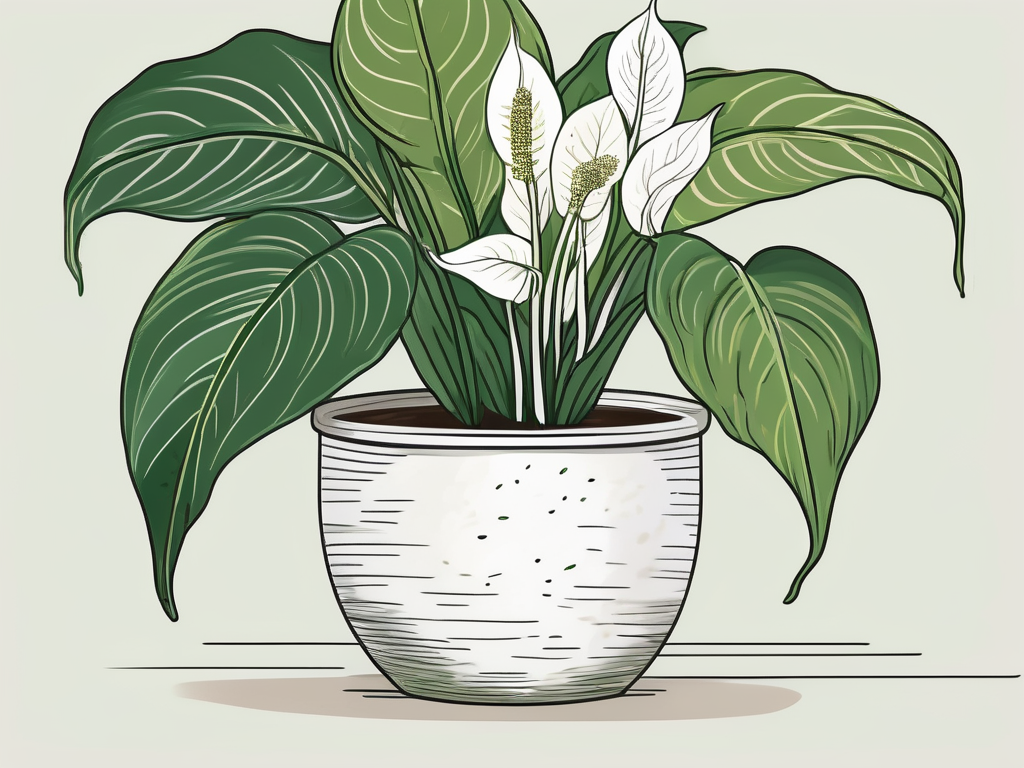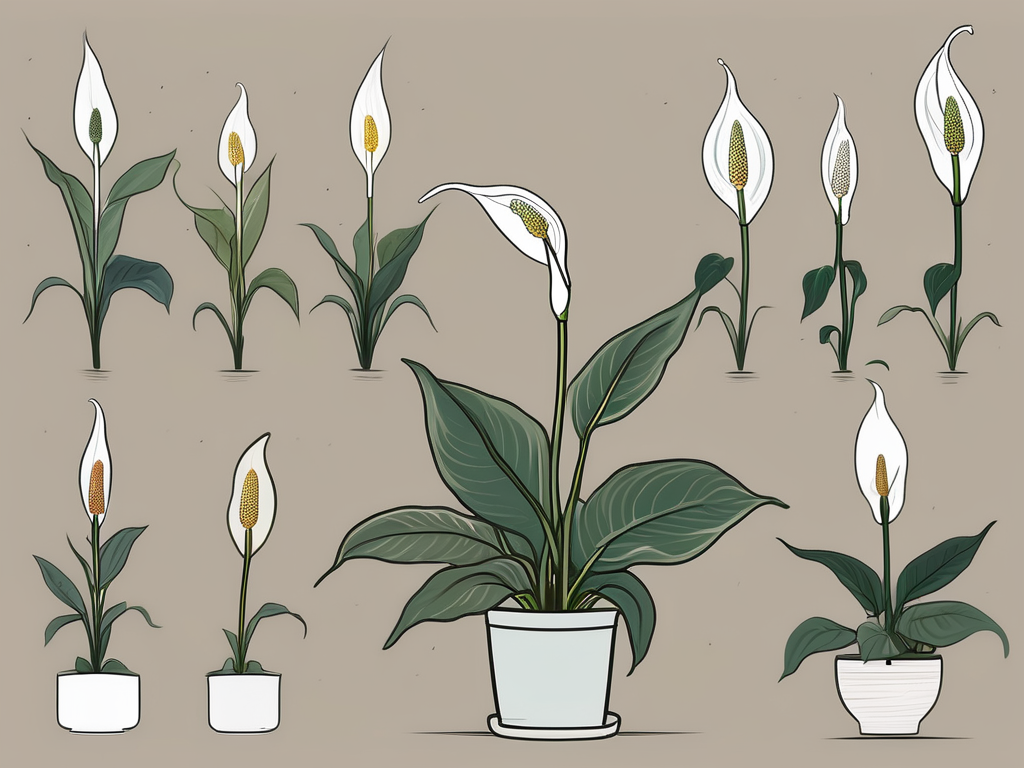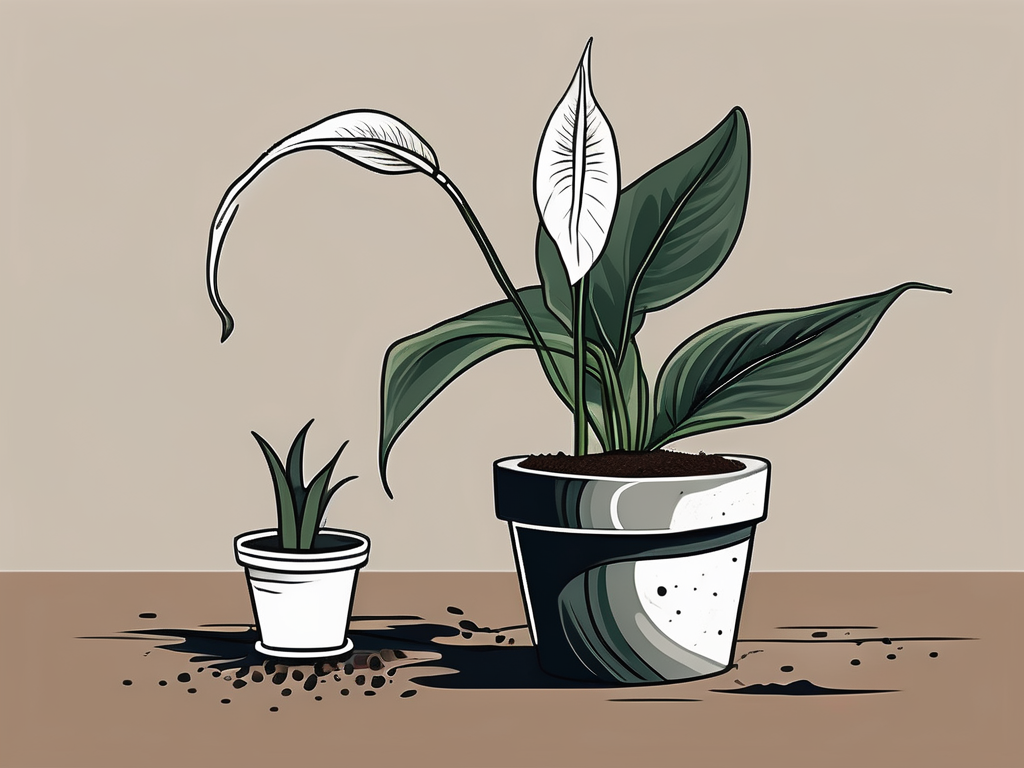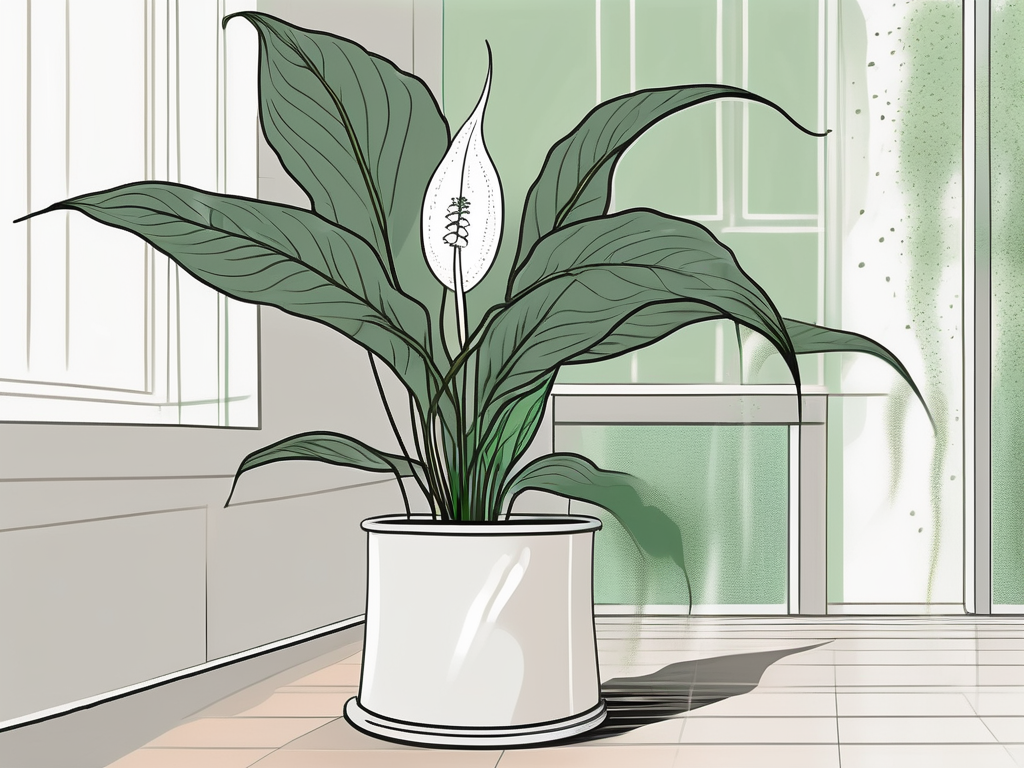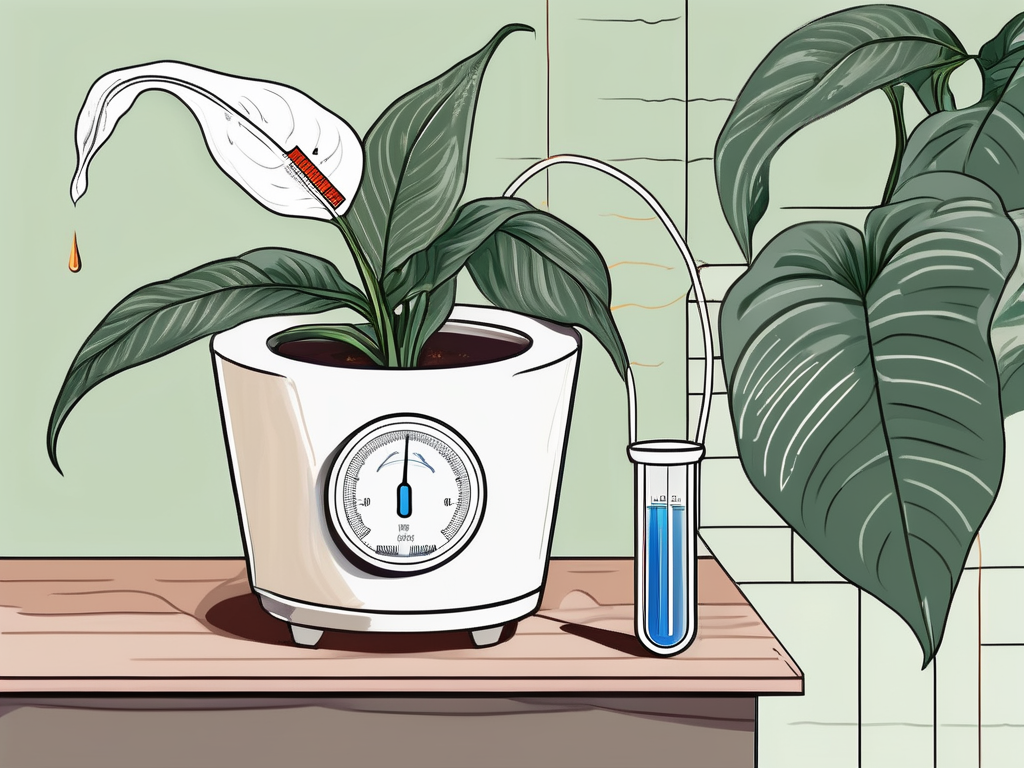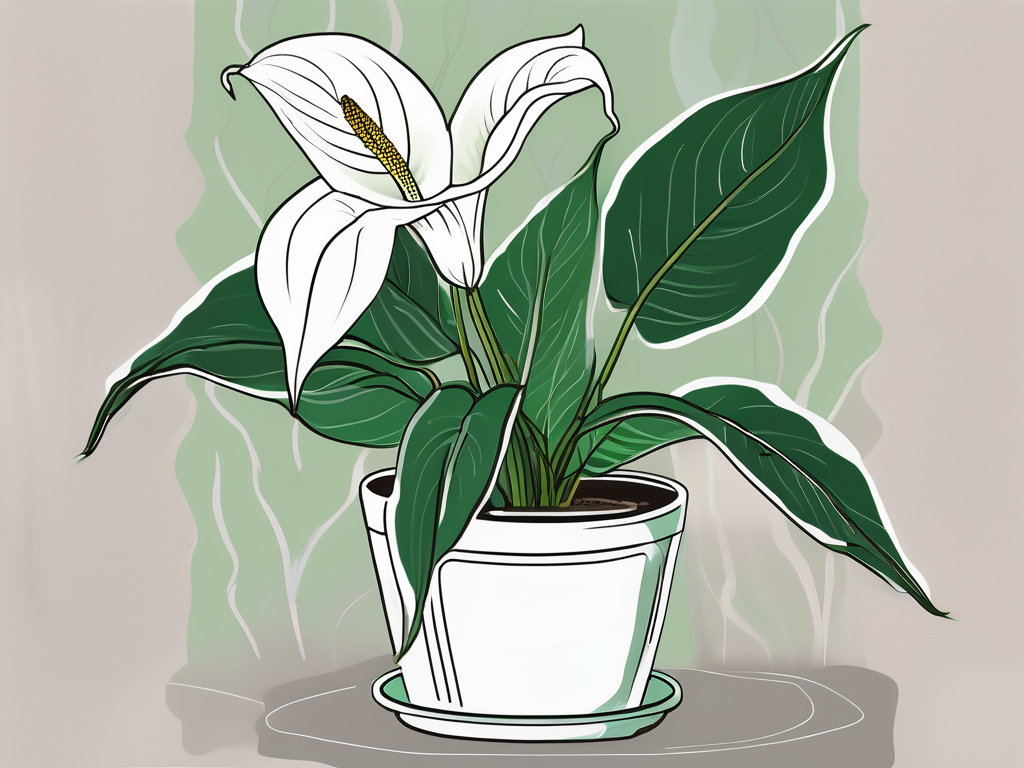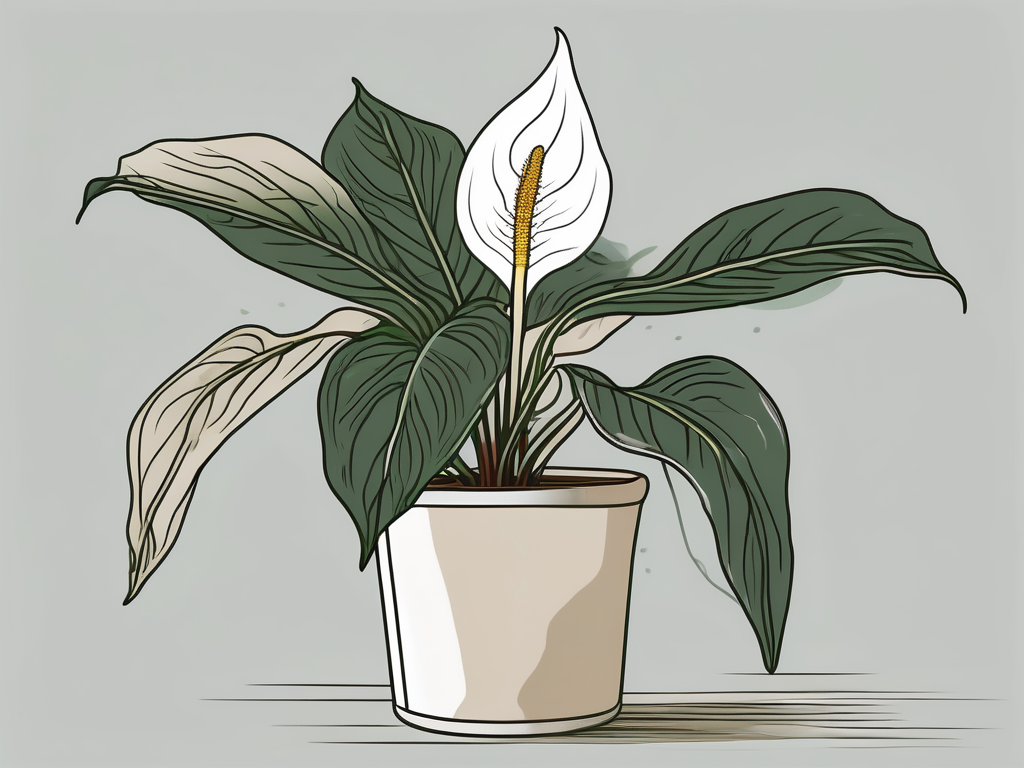
Peace lilies, with their glossy leaves and elegant white flowers, have long been a favorite among plant people. They're known for their ability to thrive in low-light conditions, making them a perfect choice for those of us who may not have abundant natural light in our homes. However, understanding the specific light needs of peace lilies can make a significant difference in their health and appearance.
In this article, we'll take a closer look at what kind of light peace lilies prefer, how to recognize if they're getting too much or too little, and some practical tips for adjusting their light conditions. We'll also share some insights on how their lighting needs can influence your interior design choices, ensuring your peace lily not only survives but thrives.
Understanding Natural Light Levels
Before diving into the specifics of peace lily care, it's helpful to understand the basics of natural light in your home. Natural light can vary greatly depending on the direction your windows face, the presence of trees or buildings outside, and even the time of year. Here's a quick rundown of what you might expect:
- North-facing windows: These windows typically provide the least amount of direct sunlight and are often best for plants that thrive in low-light conditions.
- East-facing windows: These offer gentle morning light, which is usually less intense and can be ideal for many houseplants, including peace lilies.
- South-facing windows: Known for providing bright, direct sunlight for most of the day, these windows can be too intense for some plants without proper shading.
- West-facing windows: These receive strong afternoon sunlight, which can be harsh and potentially damaging to sensitive plants.
Understanding these natural light levels helps you identify the best spot for your peace lily, ensuring it receives the right amount of light without being overwhelmed.
Preferred Light Conditions for Peace Lilies
Peace lilies are often touted as low-light plants, and while they can survive in such conditions, they truly thrive in moderate, indirect light. Think of the soft, filtered light you might find under a tree canopy. This is similar to the light they would experience in their natural habitat.
When placed in a spot with too little light, peace lilies may become leggy, with leaves stretching towards the source of light, resulting in a less full appearance. On the flip side, if they're exposed to too much direct sunlight, their leaves can scorch, turning brown at the tips or edges.
To find the sweet spot:
- Look for a spot with bright, indirect light: East or west-facing windows with sheer curtains can be ideal.
- Avoid direct sunlight: If your only option is a south-facing window, consider placing your peace lily a few feet away to reduce the intensity.
- Consider using artificial light: If natural light is scarce, a grow light can provide the necessary illumination.
By understanding and adjusting to these light preferences, you'll set the stage for your peace lily to flourish.
Signs Your Peace Lily Needs a Change
Plants have their way of communicating, and peace lilies are no exception. If your peace lily isn't getting the right amount of light, it'll let you know through several tell-tale signs:
- Leggy growth: If your peace lily is stretching towards the light, it's a clear sign it's not getting enough. This can lead to a less bushy and more sparse appearance.
- Yellowing leaves: While yellow leaves could indicate watering issues, they can also signal inadequate light. If adjusting your watering schedule doesn’t help, consider the light levels.
- Brown leaf tips: Though this can be a sign of overwatering or fertilizer burn, excessive direct sunlight can also cause this symptom.
- Lack of blooms: Peace lilies in low-light conditions may stop blooming altogether. If you haven't seen flowers in a while, increasing the light could help.
By paying attention to these signs, you can adjust your peace lily's environment to better meet its needs, ensuring it continues to thrive.
Balancing Light and Watering
The relationship between light and watering is a dance every plant parent must learn. With peace lilies, more light often means they’ll need more water. Why? Because increased light levels accelerate photosynthesis, which in turn increases the plant's water consumption.
Here are some tips to balance these two critical factors:
- Adjust your watering schedule: In brighter conditions, you might need to water your peace lily more frequently. Check the soil moisture regularly to avoid over or under-watering.
- Test soil moisture: Stick your finger about an inch into the soil. If it feels dry, it’s probably time to water. If it’s still moist, you can wait a bit longer.
- Observe the leaves: Droopy leaves can indicate a thirsty plant, but if they remain droopy after watering, you might be dealing with root rot from overwatering.
By syncing your watering routine with the light conditions, you’ll help your peace lily maintain its lush appearance.
Using Light to Influence Design
Beyond keeping your peace lily healthy, understanding its light needs can also play a role in your interior design. A well-placed peace lily can enhance the aesthetic of your space, adding a touch of greenery that softens and complements your decor.
Consider these ideas:
- Highlight a corner: If you have a dim corner in your living room, a peace lily can brighten it up with its lush foliage.
- Create a focal point: Placing a peace lily in a decorative pot on a plant stand can draw the eye and create a visual anchor in a room.
- Complement your color scheme: The deep green leaves and white flowers of a peace lily can match various color palettes, from neutral tones to vibrant hues.
- Add height to your arrangements: Peace lilies can grow tall, making them a great choice to add vertical interest among other plants.
By strategically placing your peace lily, you can use its natural beauty to complement and enhance your home's style.
Artificial Lighting Options
If your home is low on natural light, don't worry—artificial lighting can come to the rescue. Many plant lovers have found success with grow lights, which can mimic the sunlight that peace lilies crave.
When choosing a grow light, consider the following:
- Type of light: LED grow lights are energy-efficient and provide a full spectrum of light that closely mimics natural sunlight.
- Positioning: Place the grow light about 12-18 inches above the plant. This distance can vary based on the light's intensity, so check the manufacturer's recommendations.
- Duration: Peace lilies generally need about 12-14 hours of light per day. Using a timer can help ensure they get consistent lighting.
By investing in a quality grow light, you can provide your peace lily with the light it needs, regardless of the natural light situation in your home.
Seasonal Adjustments
As seasons change, so do the light conditions in your home. In the winter, days are shorter, and the sun's angle is different, which can affect the amount of light your peace lily receives.
Consider these seasonal adjustments:
- Move your plant: As the sun's path changes, you might need to relocate your peace lily to a brighter spot during the winter months.
- Supplement with artificial light: Increase the use of grow lights during darker months to maintain a consistent light level.
- Monitor temperature: Keep your peace lily away from cold drafts and heat sources, as these can stress the plant.
By making these adjustments, you'll help your peace lily stay healthy all year round, regardless of the season.
Common Mistakes and How to Avoid Them
We've all made mistakes with our plants, but the good news is that they're usually fixable. Here are some common light-related mistakes with peace lilies and how to avoid them:
- Placing in direct sunlight: This can scorch the leaves. Always aim for indirect light.
- Ignoring signs of stress: Yellowing or drooping leaves are cries for help. Adjust light and water accordingly.
- Not rotating the plant: Regularly rotating your peace lily ensures even growth and prevents it from leaning towards one side.
- Underestimating artificial light: Don’t shy away from using grow lights if your home lacks natural light.
By being mindful of these potential pitfalls, you can help your peace lily remain vibrant and healthy.
Final Thoughts
Understanding the light needs of peace lilies is key to keeping them happy and healthy. From recognizing the signs of light stress to making seasonal adjustments, you now have the tools to ensure your peace lily thrives.
At Cafe Planta, we're passionate about helping you care for your plants. Whether you're looking for new additions to your collection or need some advice, we're here for you. Feel free to email us or reach out on Instagram. Let's grow together and create beautiful spaces filled with thriving plants!













